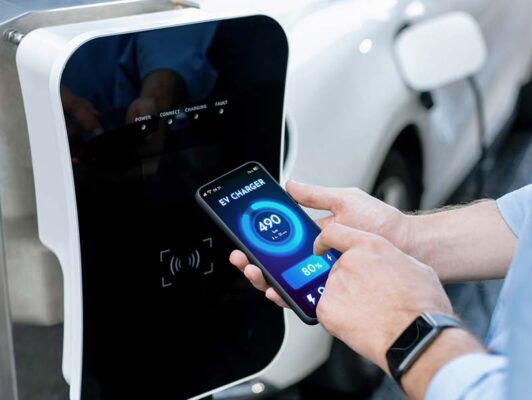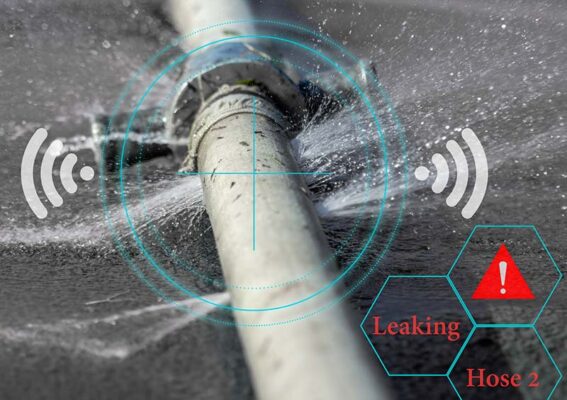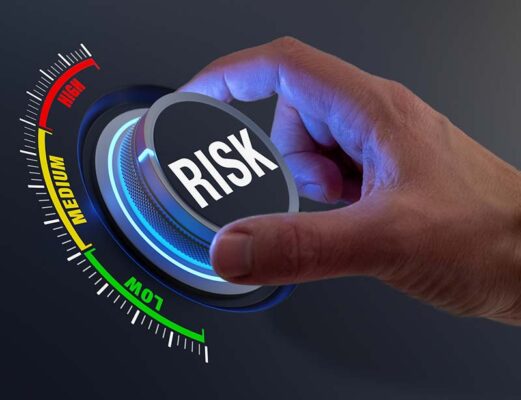IoT Hardware Design and Solutions: A Guide
By Greg Oppenheim
February 13, 2024

The Internet of Things (IoT) hardware solutions are expanding across industries, including:
According to IoT Analytics, there will be around 27 billion connected IoT devices by 2025.

These devices are disruptors. Companies looking to invest in IoT solutions must understand how they work. In addition, they must also successfully navigate hidden complexities to get the most out of their investment.
The IoT sector is vast and comprises many components. However, the four main parts are:
This guide focuses on one of the most critical parts: the IoT hardware design. These are the devices and components that are the foundation and make connectivity possible.
IoT hardware is the physical device. It’s designed for a specific purpose, like using sensors to monitor temperature and exchanging data over the internet.

Three common types of IoT hardware include:
Choosing IoT hardware can be quite complex. Selecting the right hardware components for the application to design an effective IoT solution is critical. That’s where custom design comes into play.

For many IoT decision-makers, selecting requirements and a solution can be difficult. There are often too many moving parts and vendors to choose from to create a coherent system.
So, what are your options?
Many people want a simple, bundled solution and faster time to value with ready-made, commercial off-the-shelf (COTS) IoT hardware components. While it seems easier and less costly, there can be shortcomings.
A company’s needs often differ from a one-size-fits-all solution. It can run into hidden issues, from quality to configuration and security. In fact, the Cyber Division of the FBI issued a notice in November 2020 about the cybersecurity risks of COTS IoT products and solutions.
Custom IoT hardware design is complex, but it allows you to tailor the devices to your chosen application. You can often find everything you need working with one trusted supplier versus many.
Benefits of custom IoT hardware design include:
You can optimize hardware for specific tasks and adapt it to new use cases for better performance and accuracy than COTS.
You can build IoT hardware with security features tailored to the application’s requirements. This customization makes it more resistant to hacking or other security threats.
Custom-designed hardware may require a larger upfront investment. Still, it can often lead to cost savings over time since it reduces the need for expensive add-on software or other components.
However, despite these benefits, many IoT decision-makers are still concerned with complexity, steep development costs and time to market. You can overcome these hurdles and shortcomings of COTS with a third solution.
It’s called IoT reference architecture. By reusing a proven architecture in which most of the development work is already done and field tested, you can cut out huge development costs and shorten time to market.
In addition, specific certifications have been approved to eliminate headaches and save even more money. The best part is that there is still room for refinement and customization.
Telit Cinterion offers custom IoT solutions that include proven device reference architectures. You can get to market faster while still delivering a highly tailored solution.
Our beacon architectures are low-cost, high-value devices used for asset tracking at scale. Common applications include equipment tracking and transportation.
You need a battery-operated device to track and monitor non-powered assets. This architecture accommodates various battery types and offers lifespan ranges from weeks to years.
Embedded Wi-Fi or Bluetooth technology enables the device to act as a gateway and gather data from multiple sensor nodes. Applications range from generators to shipping containers.
A powered asset tracking device is best for tracking or monitoring assets with an engine or onboard power supply. Even if power is interrupted or lost, the device will continue functioning, and its batteries can last up to two years. These powered asset trackers are ideal for trailers and construction equipment.
We have over 24 years of IoT experience to assist you on your IoT journey, from hardware design to regulatory compliance. By leveraging our knowledge and expertise, you can bring your IoT solution to market fast.
We can build your ready-to-launch IoT solution with our modules, gateways, connectivity plans and services and platforms. In addition, our IoT experts provide engineering and R&D services to customize solutions for your IoT project.
Speak to our IoT experts to learn more about designing an IoT solution that’s right for you.